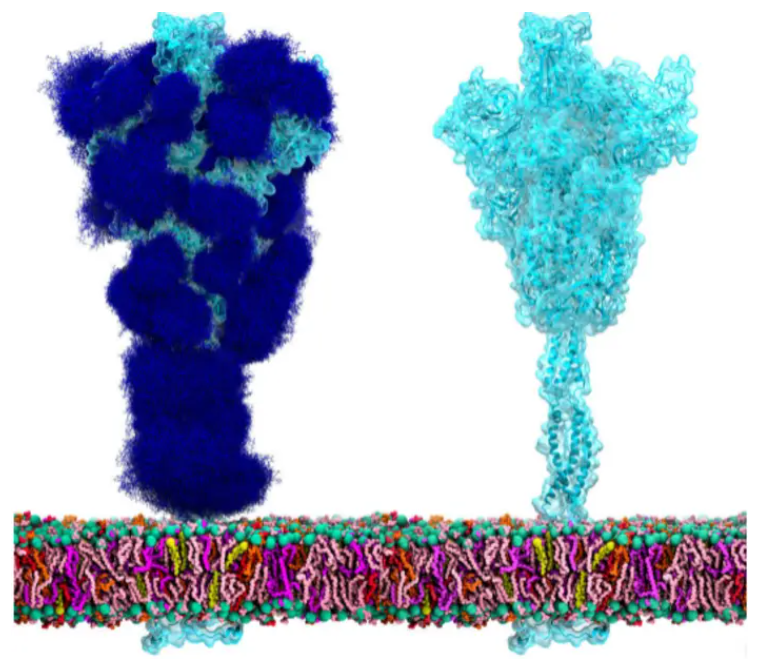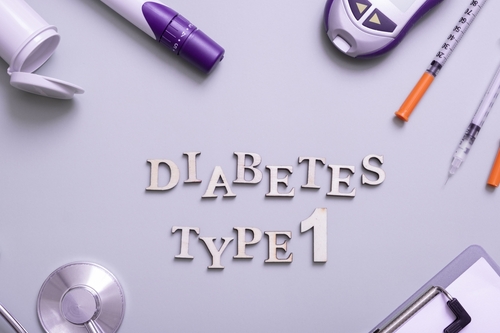
Patients with cancer have a higher risk of COVID-19 infection compared with the general public, according to a research letter published in JAMA Oncology from researchers in the epicenter of the outbreak: Wuhan, China.
Researchers retrospectively reviewed medical records, including demographic, clinical, and treatment data, for 1,524 patients with cancer who were admitted to the Department of Radiation and Medical Oncology at the Zhongnan Hospital of Wuhan University in China between December 30, 2019, and February 17, 2020.
More COVID-19 cases among patients with cancer versus general public
The researchers estimated that the infection rate of COVID-19-linked severe adult respiratory syndrome coronavirus 2 (SARS-CoV-2) in patients with cancer was 0.79% (n=12; 95% CI, 0.3-1.2), which was higher than the cumulative incidence of all diagnosed COVID-19 cases that was reported in the city of Wuhan over the same time period, at 0.37% (n=41,152/11,081,000; odds ratio, 2.31; 95% CI, 1.89-3.02).
The median age of SARS-CoV-2-infected patients with cancer was 66 years (range, 48-78 years), and eight of the infected patients with cancer (66.7%) were older than 60 years. Seven patients (58.3%) had non-small cell lung cancer (NSCLC), and researchers found that those with NSCLC who were older than 60 years had a higher incidence of COVID-19 than those aged 60 years or younger (4.3% vs 1.8%).
Less than half of patients (n=5; 41.7%) were actively being treated with chemotherapy with or without immunotherapy (n=3) or radiotherapy (n=2) when they became infected. As of March 10, half of patients (n=6) had been discharged, while three (25%) died.
“We propose that aggressive measures be undertaken to reduce frequency of hospital visits of patients with cancer during a viral epidemic going forward. For patients who require treatment, proper isolation protocols must be in place to mitigate the risk of SARS-CoV-2 infection,” the authors concluded.
The study is limited by its small patient population.







 © 2025 Mashup Media, LLC, a Formedics Property. All Rights Reserved.
© 2025 Mashup Media, LLC, a Formedics Property. All Rights Reserved.